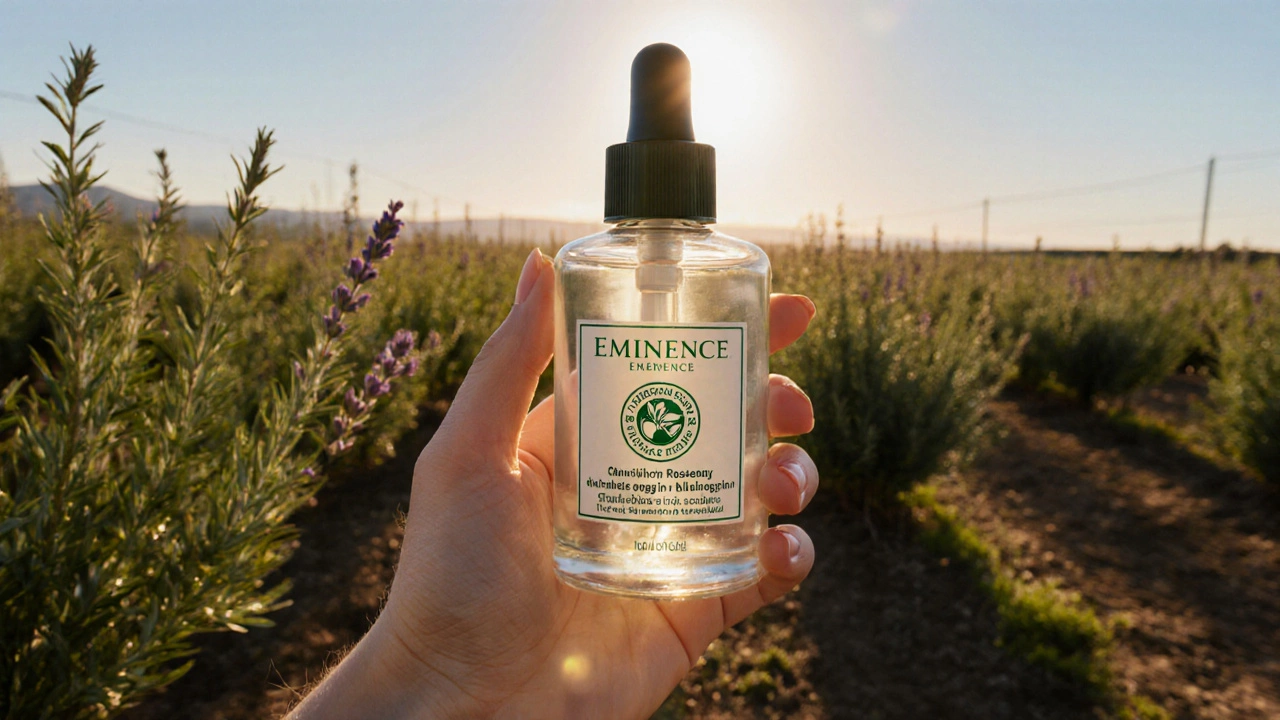USDA Organic Certification: What It Means for Your Beauty Products
When you see USDA organic certification, a government‑approved label that guarantees a product meets strict organic standards. Also called USDA Organic, it tells you the item was grown without synthetic pesticides, GMOs, or prohibited additives. Organic certification covers any product that follows the same set of rules, from food to cosmetics. Knowing this helps you pick safer, cleaner beauty items without guessing.
The National Organic Program (NOP), the USDA’s umbrella system that writes and enforces the organic standards defines what can and cannot be used in organic farming. It requires soil health practices, biodiversity, and a prohibition on most synthetic chemicals. In other words, the NOP makes sure farms treat the land responsibly and keep harmful residues out of the final product. This connection between the program and the certification is why you can trust the seal on your moisturizer.
Getting the certification isn’t a quick stamp. First, a certified certifying agent, an independent auditor approved by USDA inspects the farm or manufacturing facility, checks records, and verifies compliance. The farm then follows a year‑long transition period where the land must be free of prohibited substances before its crops can be labeled organic. After passing the audit, the product can display the official USDA Organic seal, a green leaf symbol recognized by shoppers worldwide. This seal is the visual cue that the product met every rule.
For beauty shoppers, the seal matters because it signals ingredient purity. When a face cream carries the USDA Organic logo, you know the oil, butter, or botanical extract inside was grown without synthetic fertilizers. It also means the manufacturing process avoided prohibited synthetic fragrances or colors. In practice, this often translates to gentler products that are less likely to irritate sensitive skin, making it a useful filter for people looking for clean routines.
But the certification doesn’t guarantee everything. It doesn't control the packaging material, nor does it say the product is cruelty‑free or vegan. It also doesn’t cover the final retail environment, so a product could be stored near non‑organic items without affecting its label. Understanding those limits helps you combine the USDA seal with other checks, like cruelty‑free certifications, to get the full picture.
Many consumers wonder how to verify a claim. Look for the three‑leaf “USDA Organic” logo on the front of the packaging, and check the ingredient list for a statement like “USDA‑certified organic” next to each qualifying component. You can also search the USDA’s online organic integrity database by brand or product name. These steps let you confirm that the product truly passed the rigorous audit rather than just using the word “organic” for marketing.
Why the USDA Organic Seal Still Matters in 2025
Even with a surge of “clean‑beauty” buzz, the USDA’s standards remain the most trusted benchmark because they’re backed by law and enforced by real inspections. If you’re building a skincare routine, using the seal as a baseline helps you cut through the hype and focus on products that meet proven, measurable criteria. Whether you’re a beginner looking for a gentle cleanser or an enthusiast hunting for high‑performing serums, the certification gives you a consistent reference point.
Below you’ll find a range of articles that dive deeper into the nuances of organic labeling, compare certified brands, and give you practical tips on reading ingredient lists. Scroll down to explore how the USDA organic certification touches everything from hair care to makeup, and discover which products truly earn the badge.
Is Eminence Truly 100% Organic? A Deep Dive into Their Skincare Claims
Find out if Eminence truly offers 100% organic skincare. Learn about USDA and COSMOS certifications, ingredient breakdowns, and how to verify organic claims.

 Hair Care
Hair Care